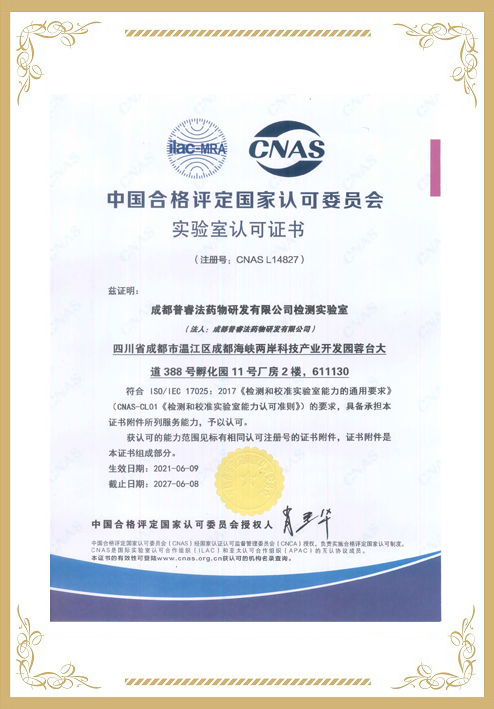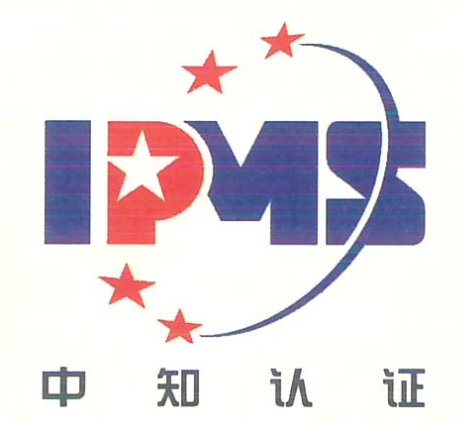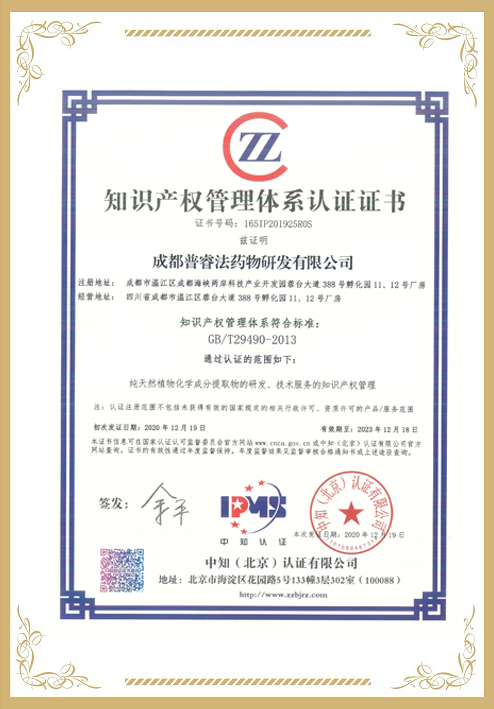Alzheimer’s disease (AD) is the most common cause of dementia and is caused by various factors including amyloid-beta (Aβ) aggregation. We investigated the pharmacological effects of the ethanol extract of Potentilla fragarioides var. major (Rosaceae) (EEPF) on AD-related pathogenesis, which remain elusive. We observed the effects of EEPF on Aβ disaggregation and free-radical scavenging activities for 2,2’-azino-bis (3-ethylbenzothiazoline-6-sulfonic acid) (ABTS) and 2,2-diphenyl-1-picrylhydrazyl (DPPH) using in vitro assays, evaluated the effects of EEPF on memory loss in two animal models, and examined the molecular regulatory mechanisms of EEPF using an antibody-protein microarray in EEPF-treated neuronal cell lines. EEPF inhibited Aβ aggregation in a concentration-dependent manner and enhanced free-radical scavenging activities for ABTS and DPPH. EEPF significantly inhibited memory impairment in the passive avoidance task, Y-maze test, and Morris water maze test in scopolamine-induced short-term memory loss mice and Aβ-injected AD-like mice. Nissl staining and immunohistochemistry for NeuN and Iba-1 confirmed the neuroprotective and anti-inflammatory effects of EEPF in both animal models. In H2O2-treated HT22 hippocampal cells, EEPF significantly prevented cell damage, enhanced CaMK2, and reduced ferric reductase. In lipopolysaccharide-stimulated BV-2 microglia, EEPF significantly inhibited lipopolysaccharide-induced production of inflammatory factors, such as nitric oxide, prostaglandin E2, tumor necrosis factor-α, and interleukin-6, and decreased the phosphorylation of Smad3 and cyclin D3. High-performance liquid chromatography confirmed that EEPF has five major components: neochlorogenic acid, chlorogenic acid, polydatin, isochlorogenic acid A, and buddleoside, with amounts ranging across 1.91–9.41 mg/g. EEPF may be a promising drug for treatment of AD and AD-related brain disorders.























